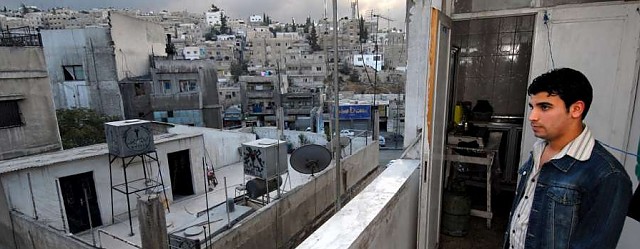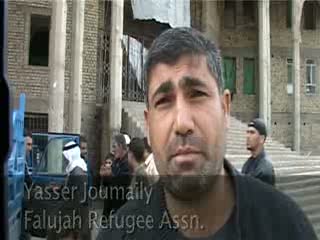Home > About Us > The High Commissioner > High Commissioner's Dialogue > High Commissioner's Dialogue on Protection Challenges, 2009 > 2009 Dialogue: Related Themes
2009 Dialogue: Related Themes

This web page has been divided thematically to enable participants to understand and navigate through the complex topic of challenges to people of concern in cities and urban settings. Under each heading, you will find links to relevant articles, evaluations and tools:
- Identification and Outreach
- Internal Displacement Monitoring Centre: IDP Profiling (external link)
- Surviving in the city: A review of UNHCR's operation for Iraqi refugees in urban areas of Jordan, Lebanon and Syria, PDES Evaluation report, July 2009
- A tale of three cities: internal displacement, urbanization and humanitarian action in Abidjan, Khartoum and Mogadishu, Eveliina Lyytinen, PDES Research Paper, March 2009
- Ignored Displaced Persons: the plight of IDPs in urban areas, Alexandra Fielden, PDES Research Paper, July 2008
- Protection
- Protecting the Displaced in Colombia: The Role of Municipal Authorities. Summary Report, Bogota, Colombia, 14 November 2008 (report of seminar convened by the Brookings-Bern Project on Internal Displacement, Universidad de los Andes, UNHCR and Acción Social)
- On this site: Protection: A Safety Net
- Solutions
- Women and Children
- Making Mainstreaming a Reality: Gender and the UNHCR Policy on Refugee Protection and Solutions in Urban Areas. A Refugee Perspective, by Eileen Pittaway, Centre for Refugee Research
- On this site: Women and Children
- Education
- Health
- Livelihoods
- Livelihoods in Urban Settings: A Discussion Paper for the High Commissioner's Dialogue on Protection Challenges
- Building Livelihoods: A Field Manual for Practioners in Humanitarian Settings, May 2009, published by the Women's Refugee Commission (external link)
- On this site: Livelihoods & Self-Reliance
- Shelter
















